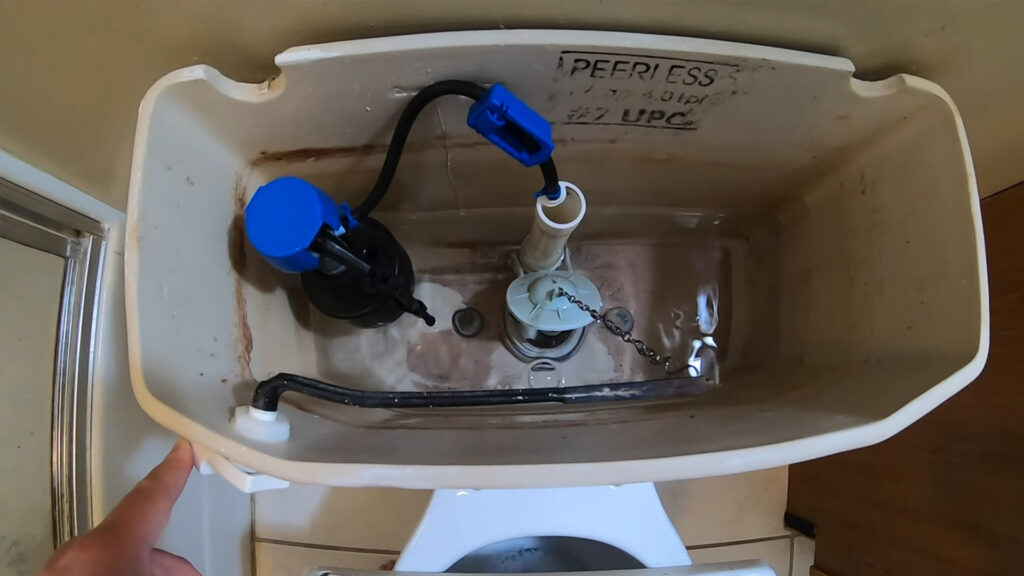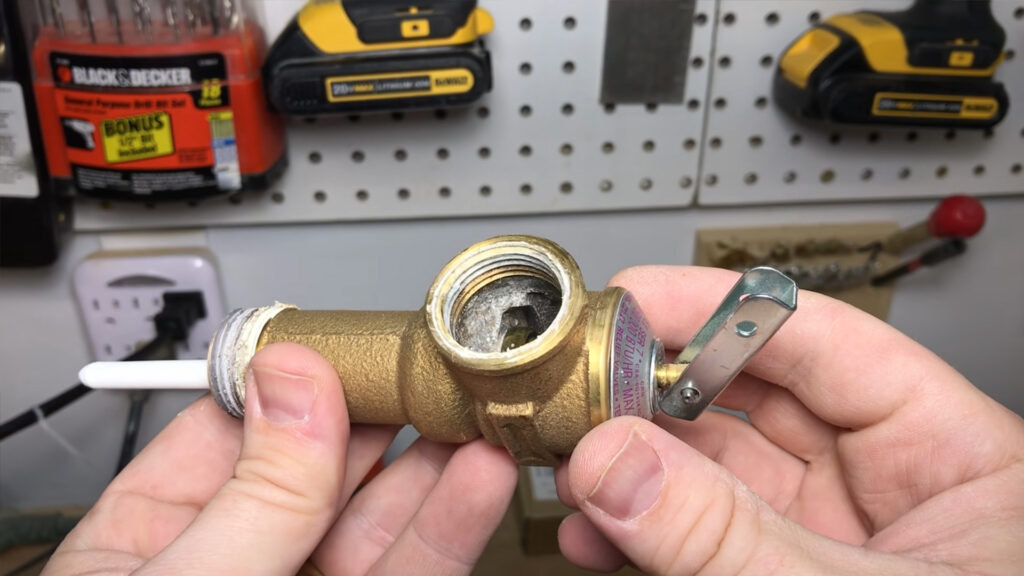If you’re a homeowner in Philadelphia, there’s a hidden danger lurking behind your walls that could lead to costly repairs and even health hazards. We’re talking about polybutylene pipes—once a popular choice for plumbing, now a ticking time bomb for sudden water damage in many older homes.
The History of Polybutylene Pipe: A Costly Mistake
Polybutylene pipes were introduced in the late 1970s as a cost-effective alternative to copper pipes. They were hailed as a revolutionary product, quickly becoming the go-to material for plumbing in millions of homes across the United States, including Philadelphia. The appeal was clear: polybutylene pipes were cheaper, easier to install, and promised a long lifespan.
However, by the mid-1990s, the dream of polybutylene pipes had turned into a nightmare. Reports of pipe failures began to surface, leading to water damage, mold growth, and significant financial losses for homeowners. The problem was traced back to the chemical composition of the pipes, which made them vulnerable to degradation when exposed to common water treatment chemicals like chlorine. This degradation could cause the pipes to become brittle and crack, often without warning.
In response to the mounting evidence of failures, manufacturers stopped producing polybutylene pipes in the mid-1990s. Unfortunately, by that time, millions of homes had already been outfitted with these problematic pipes.
Philadelphia Incidents Involving Polybutylene Pipes
Philadelphia is no stranger to the issues caused by polybutylene pipes. Homeowners throughout the city have reported sudden pipe bursts, leading to extensive water damage. In many cases, the damage isn’t limited to just the plumbing system; it can spread to walls, floors, and even the foundation of the home, resulting in costly repairs.
How to Identify PB Pipes in Your Home
If you’re concerned that your Philadelphia home might have polybutylene pipes, there are a few key ways to identify them:
- Color: Polybutylene pipes are typically gray, blue, or black. The most common color found in Philadelphia homes is gray.
- Size: These pipes are usually 1/2 inch to 1 inch in diameter.
- Material: The pipes have a plastic feel and are more flexible than metal pipes. They may also have a slightly glossy finish.
- Location: Polybutylene pipes are often found in the basement, near the water heater, or in areas where the main water line enters the home. You might also find them in bathrooms, kitchens, or behind walls.
If you’re unsure whether your home has polybutylene pipes, it’s worth consulting a professional plumber. They can assess your plumbing system and help you determine if you’re at risk for a pipe failure.
What to Do If You Have Polybutylene Pipes
If you’ve identified polybutylene pipes in your home, the best course of action is to have them replaced. While this can be a significant investment, it’s far less expensive than dealing with the potential water damage from a burst pipe. Philly Damage Restoration can assist you in managing any water damage that has already occurred and guide you through the process of replacing your polybutylene pipes.
Don’t wait until it’s too late. Protect your Philadelphia home by addressing the dangers of polybutylene pipes before they cause severe damage. If you suspect a problem, contact Philly Damage Restoration today for a consultation. We’re here to help you safeguard your home from the hidden dangers that may be lurking in your walls.







